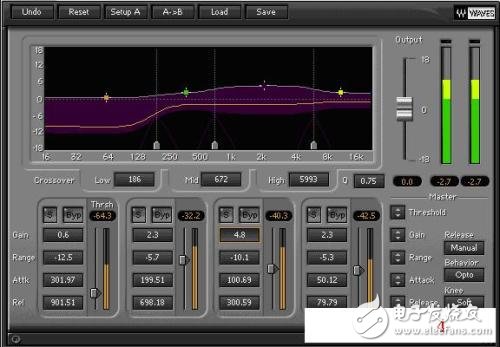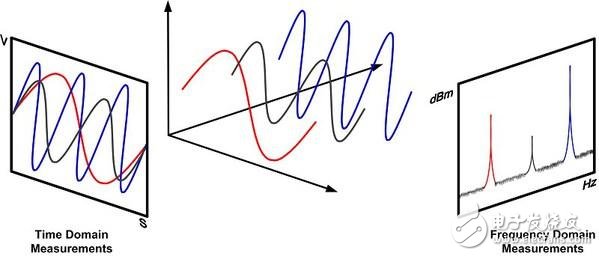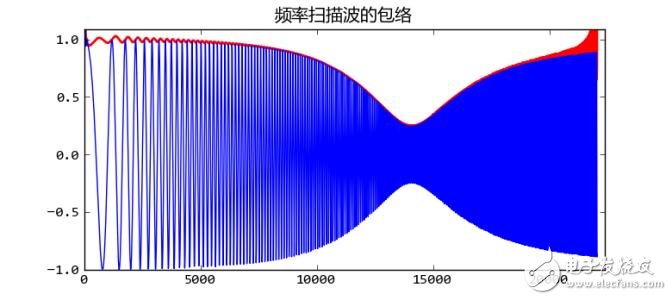
Audio signals can be compressed based on audio compression technology.
Audio compression technology refers to the use of appropriate digital signal processing techniques for the original digital audio signal stream (PCM encoding) to reduce (compress) its code rate without loss of useful information or negligible loss. It is called compression coding. It must have a corresponding inverse transform called decompression or decoding. Audio signals may introduce a large amount of noise and certain distortion after passing through a codec system.
In the field of audio compression, there are two compression methods, lossy compression and lossless compression. Commonly known MP3, WMA, and OGG are called lossy compression. As the name implies, lossy compression reduces the audio sampling frequency and bit rate, and the output audio file will be smaller than the original file. Another type of audio compression is called lossless compression, which is the subject matter to be said. Lossless compression can compress the volume of the audio file less than 100% of all the data of the original file, and restore the compressed audio file to achieve the same size and the same code rate as the source file. The lossless compression formats are APE, FLAC, WavPack, LPAC, WMALossless, AppleLossless, La, OpTImFROG, Shorten, and the common, mainstream lossless compression formats are APE and FLAC.
Principle of audio compression technology
1, digital audio related features
The quality of digital audio depends on two parameters: sampling frequency and quantization digit. In order to fidelity, the sampling point is as dense as possible in the direction of time change, and the sampling frequency is high; the amplitude value is as small as possible, and the quantization bit rate is high. The direct result is the pressure on storage capacity and transmission channel capacity requirements.
Audio signal transmission rate = sampling frequency * number of quantization bits of the sample * channel number sampling frequency = 441KHz
The number of quantization bits of the sample value = 16
Normal stereo signal channel number = 2
Digital signal transmission code stream is about 14Mbit/s
The data amount per second is 14Mbit/(8/Byte)
Up to 1764 k byte (bytes), equal to the data amount of 88,200 Chinese characters
The emergence of digital audio is to meet the needs of copying, storage and transmission. The amount of data of audio signals is exerting great pressure on transmission or storage.
The compression of the audio signal is to express and transmit the sound information with the minimum data rate as much as possible under the condition of ensuring a certain sound quality.
The signal compression process is to process the signal data by using the appropriate digital signal processing technology for the sampled and quantized original digital audio signal stream, and to remove the audio signal from the components that can be ignored for people's feelings, only the useful part of the audio. Signals are programmed to reduce the amount of data involved in encoding
The components contained in digital audio signals that have negligible impact on people's perceptions of information are called redundancy, including time domain redundancy, frequency domain redundancy, and auditory redundancy.
2, time domain redundancy

Time domain and frequency domain differences
Time domain redundancy representation
1) Non-uniformity of amplitude distribution
The quantization bit distribution of the signal is set for the entire dynamic range of the signal. For small amplitude signals, a large number of bit data bits are idle.
2) Correlation between samples
The sound signal is a continuous expression process. After sampling, the adjacent signals have strong similarities. The signal difference is much smaller than the signal itself.
3) Correlation of signal period
The sound information is in the range of the entire audible domain. Only some frequency components are active at each moment, that is, the characteristic frequency. These characteristic frequencies will reappear in a certain period, and the correlation between cycles
4) Long-term self-correlation
The sample and periodic correlation of the sequence of sound information is also relatively stable over a relatively long time interval. This stable relationship has a high correlation coefficient.
5) Mute
The pause in the sound information, whether it is sampling or quantification, will form redundancy, find the pause interval and remove the sample data, which can reduce the amount of data.
3. Frequency domain redundancy

Frequency domain redundancy representation
1) Non-uniformity of long-term power spectral density
Any kind of sound information, in a relatively long time interval, the power distribution is higher than the high frequency part in the low frequency part, and the power spectrum has obvious non-flatness. For a given frequency band, there is corresponding redundancy.
2) Language-specific short-term power spectral density
The speech signal will peak at some frequencies, while the valleys will appear at other frequencies. These formant frequencies have larger energy, which determines different speech characteristics. The power spectrum of the whole language is based on the pitch frequency. Forming a structure that decrements toward higher harmonics
4, auditory redundancy
According to the psychoacoustic model designed by analyzing the human ear's limited resolution ability in terms of signal frequency and time, it will form a complex process of hearing, including receiving information, identifying and understanding, and understanding the signal content. Corresponding sensation and mood
The data thus formed in the sound information set does not affect the intensity, pitch, and orientation of the human ear to form auditory redundancy.
Reduced data rates by auditory redundancy, enabling the possibility of more efficient digital audio transmission
Fiber Optic Attenuator, Fiber Optic Attenuators, Fiber Optic Adapter Hybrid Attenuator, SC Optical Fiber Attenuator, FC Optical Fiber Attenuator
NINGBO YULIANG TELECOM MUNICATIONS EQUIPMENT CO.,LTD. , https://www.yltelecom.com